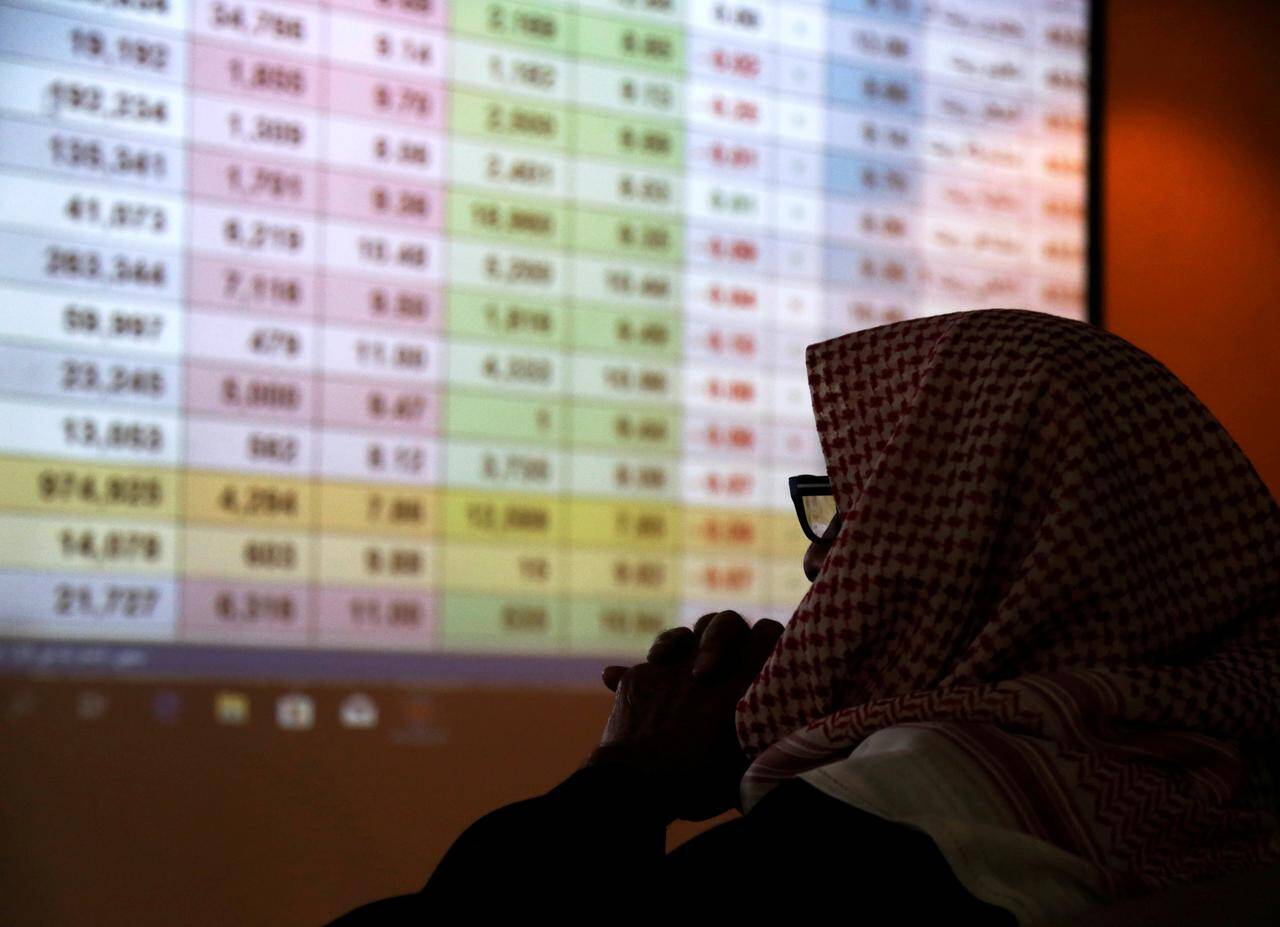 Currently India’s listed companies market capitalisation to GDP ratio stands at about 105.5 per cent while it was about 98 per cent at the start of the January 2021. Image: Reuters
Currently India’s listed companies market capitalisation to GDP ratio stands at about 105.5 per cent while it was about 98 per cent at the start of the January 2021. Image: Reuters Indian share markets have seen a sharp run-up in the last few sessions on the back of improved macros and positive global sentiments. With financial sector shares contributing big, BSE Sensex notched 52,000-mark, while Nifty 50 logged a fresh record high, topping 15,300. Headline indices have zoomed 9 per cent on a year-to-date (YTD) basis. Analysts at Anand Rathi Financial Services have raised the 12-month Nifty 50 index target to 16,500 from 15,800 earlier. Based on Nifty 50 member companies with the latest available Nifty 50 weights incorporating the recent one-month median estimate, earnings yield and target multiples, the brokerage firm upped the target by 4.4 per cent.
According to the report, currently, India’s listed companies market capitalisation to GDP ratio, an indicator of overall equity market sentiments, stands at about 105.5 per cent while it was about 98 per cent at the start of January 2021. The indicator is often called the ‘Buffet Indicator’, as ace investor Warren Buffet popularised the use of this gauge. An aggregate market capitalisation above 100 per cent of the country’s GDP hints at stock markets trading with stretched valuations. A value below 100 per cent suggests that the stock market is undervalued and may be due for a recovery.
Related News
-

Sensex at 52k, Nifty at 15,300, indices hit record highs; time to buy, sell and book profit, or hold?
-



Sensex, Nifty look to continue moving higher; 5 things to know before today’s opening bell
-



Market LIVE: Sensex holds 52,000, Nifty hovers at 15,300, indices at record high; HDFC twins, ICICI Bank gain
Nifty trades at 55% premium from 5-yr historical average
In the first month of the calendar year 2021, barring IT, Capital Goods and Auto sectors, most of the key sectors such as metals, healthcare, bankex, FMCG, among others ended January in the negative territory. Anand Rathi Financial Services in its report stated that Nifty 50 is trading at around 36.6x its trailing 12-month price to earnings ratio while its five-year historical average price to earnings ratio stands at around 23.7x. “A premium of around 54.6 per cent from its five-year historical average,” it added.
Investors must remain invested in growth, value companies
Market sentiments remained volatile in January on the back of profit booking during the month ahead of the Union Budget 2021. S&P BSE Sensex and Nifty 50 index both declined by 3.1 per cent and 2.5 per cent, respectively, to settle at 46,285.77 and 13,634.60, at the end of the month of January. While the Goods and Services Tax (GST) collection in January recorded an all-time high of Rs 1.2 lakh crore. “As markets continue to tread higher as earnings improves and growth returns, we advise investors to remain invested in healthy growth and value-oriented companies with quality management to create long term sustainable wealth,” the brokerage firm said.
The research report highlighted that in terms of price to book ratio, the Nifty 50 is trading at around 3.5x while its five-year historical price to book ratio stands at around 2.8x, which is a premium of around 27 per cent from its five-year historical average. Also, the trailing twelve-month earnings are significantly lower due to the impact of Covid-19 pandemic in earnings of companies which has also contributed in inflating historical multiples. From the financial year 2020 EPS, the consensus estimates for Nifty50 from FY-21 to FY-23 expects earnings to grow at a CAGR of about 27 per cent. “Considering the earnings for FY-2020 itself was below par hence the estimated CAGR looks achievable from existing lower base,” it added.
This article is auto-generated by Algorithm Source: www.financialexpress.com



